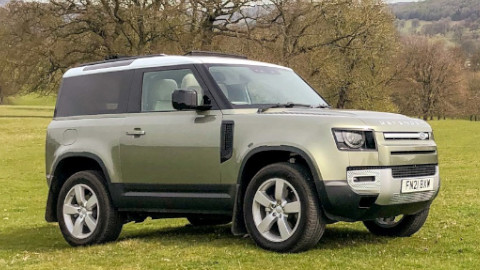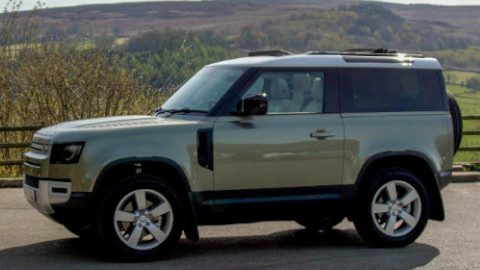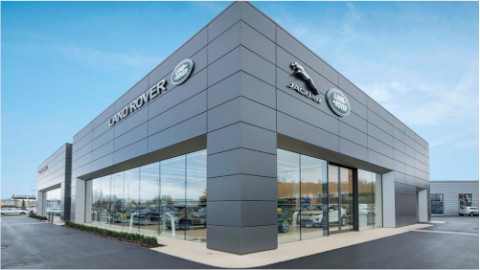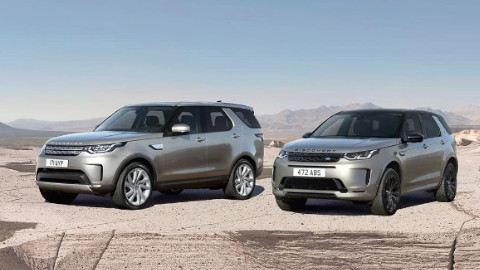Highlights
- Top levels of tech
- Sharp new looks
- Very capable both on and off-road
- Extremely practical
Introduction
Replacing the iconic Land Rover Defender was going to be a tall order, and while the latest generation was initially met with a mixed reaction, it has proved to be yet another successful Land Rover model.
Like many, I might not have been too sure at first, but it is a vehicle that has grown on me in a big way.
It is fair to say that seeing pictures does not really do it justice, and the first time I saw it in the metal, I was more than impressed.
Then I got to drive it, and it was at this point that the penny dropped, and I truly got a sense of what the new Defender was really all about.
For all its charm and character, the old Defender was a difficult vehicle to drive. Very agricultural and basic, thanks to the fact it had not fundamentally changed all that much in 70 years.
Yes, it was great off-road – and even better in extreme situations – but on-road as an everyday form of transport – it was genuinely uncomfortable and hard work.
The new Defender is aiming to be both a consummate off-roader and a smooth on-road performer too.
A tall order, one might say, but doing that is also something that has come to be a Land Rover trademark.
Design and Practicality
Like the old Defender, the new model is starting to shape-up as a growing family.
At launch there was just the longer wheelbase 110 model, but a shorter 90 model arrived some time later.
We have also seen the arrival of commercial variants.
Having driven both the 110 and 90 in quick succession, I have to say I prefer the 90 for a number of reasons.
First and foremost, its shape seems more quintessentially Land Rover and more evocative of that old Defender which it replaced.
Every time I looked at it, the heritage and tradition of the familiar motoring icon jumped out at me.
There are some design touches that reinforce that Defender pedigree on both the 90 and 110 models, the chunky profile that hints rather cleverly at where it came from and perhaps most of all the hinged rear door with the spare wheel on the back.
In practicality terms, the 110 certainly trumps the 90, to the point where they are almost like different cars.
It is much more of a large, family-sized SUV with acres of boot space – and it has five doors.
The 90 has three doors and does not have a huge amount of boot space.
In fact, in some ways it is more like a modest family hatchback, albeit one that sits very high off the ground and is still quite bulky in terms of its overall dimensions.
There is a certain technique that needs to be employed to get into the back seats, moving the front seat forwards and almost having to haul oneself up into the cabin. Grab handles are provided.
My adult passengers, who I transported on an out of season seaside trip to Wales, became quite adept at this over a few days.
And, despite the challenges of getting in, and out, even with five adults on board everyone is pretty well catered for in terms of head and legroom and general comfort levels.
Everything about it captures something of that essential old Defender character.
Driving Experience
Do not get me wrong, the 110 is a super-comfortable on-road vehicle, but it just feels bigger and bulkier.
The more compact dimensions of the 90 give it an edge in terms of dynamics and general manoeuvrability.
Driving it on A and B roads to mid-Wales was a real joy, and getting in and out of tight sports was also a breeze.
It was a vehicle that was very easy to become extremely attached to in a short space of time.
Enda Mullen
The Range Rover is pretty impressive both on and off-road, but it is very expensive, and who really wants to take a vehicle which costs that much off-road?
Okay, the Defender is not exactly cheap either, but its price is modest compared to the Range Rover, and it also manages to perform on and off-road splendidly well.
Interior and Technology
The Defender’s interior is remarkably clutter-free, in keeping with the character of its predecessor, but this reflects an adherence to the spartan style book rather than any absence of technology.
It looks simple and straightforward, but there is some high-tech kit here.
A central touchscreen enables the control of many functions and is supported by some more conventional switches and dials.
New Defender technology includes full smartphone connectivity, a 3D surround camera, two-zone climate control, a heated steering wheel, a navigation system, heated, powered seats and plenty more besides.
The digital display screen can be used to show sat nav directions or off-road data.
The Defender features Land Rover’s consummate and capable Terrain response system.
Its various modes allow the vehicle to tackle all manner of terrain, with the addition of exterior cameras to keep the driver fully aware of what is happening around them.
This X Dynamic specification model came with a fair few extras like leather upholstery, heated front seats, and alloy wheels – and a few more too – that took the price up significantly.
Summary
So, all in all, the new Defender is quite a tour de force and a great all-rounder – off-road and on it. To my mind, it also has some of the character of the original icon – the shorter wheelbase 90 version in particular – meaning you are getting the traits the Defender became famous for, but in a much more contemporary manner.












